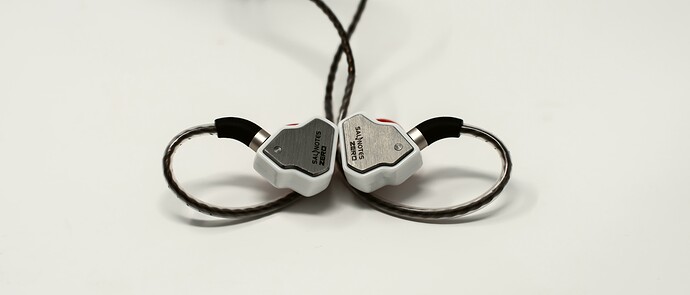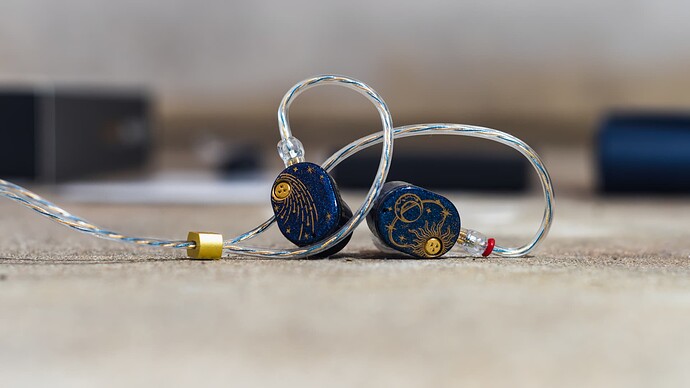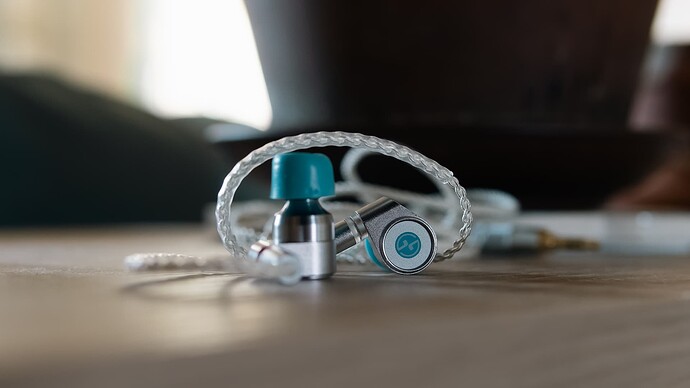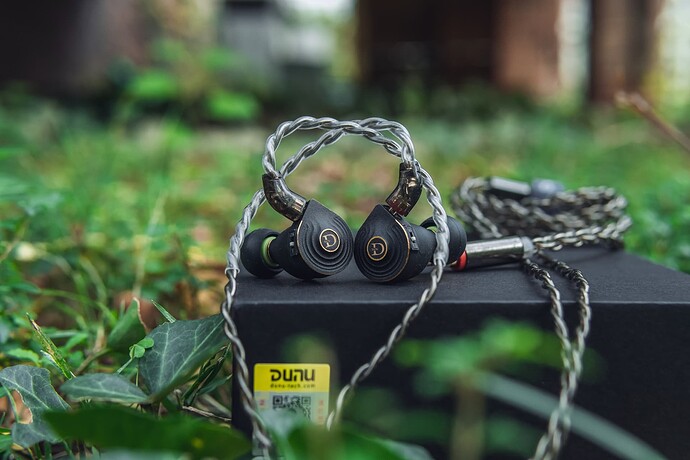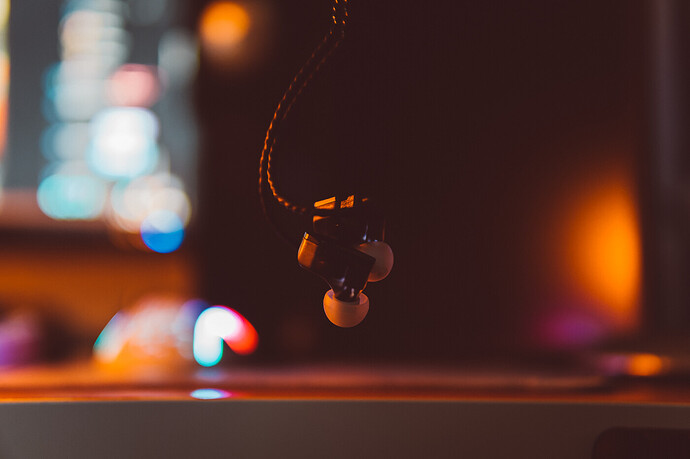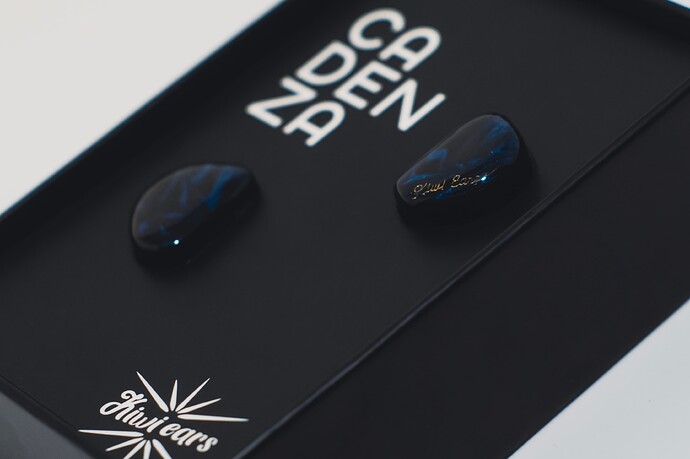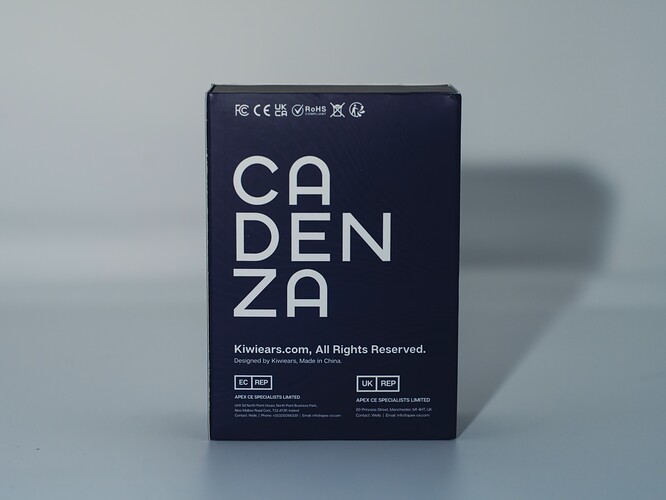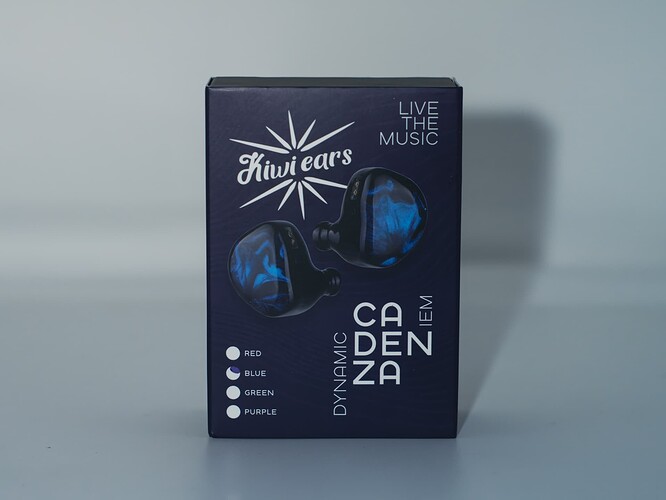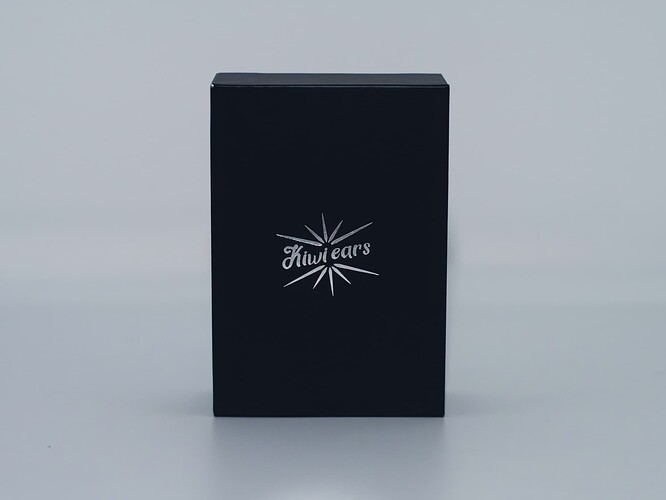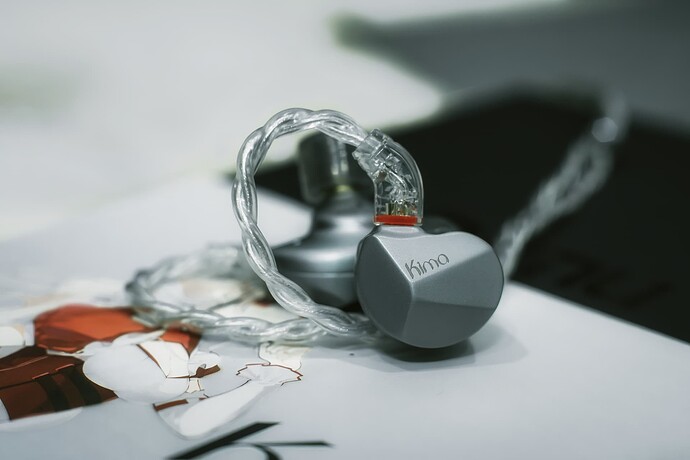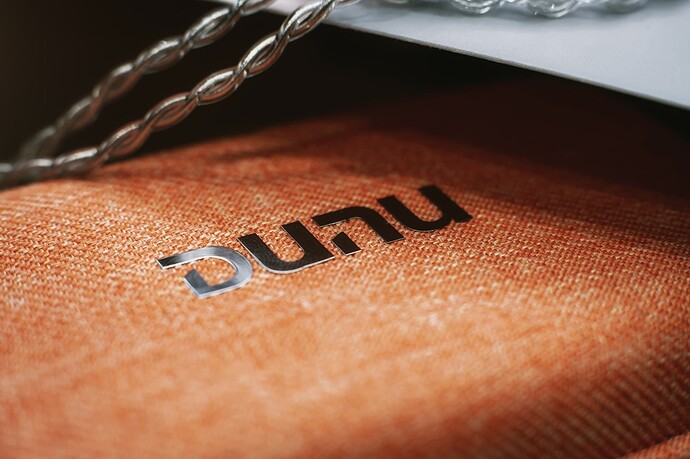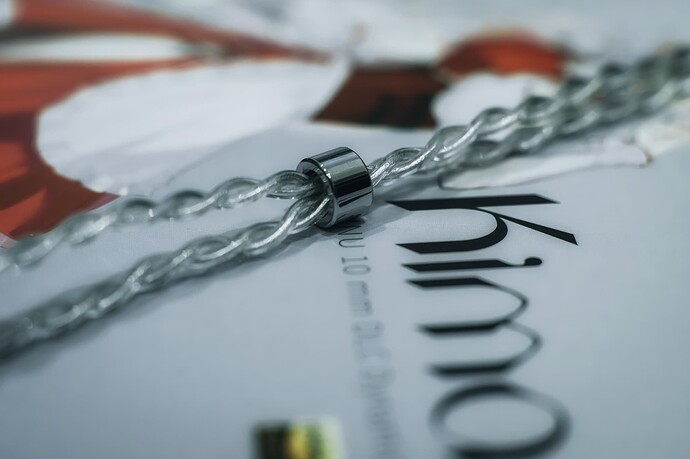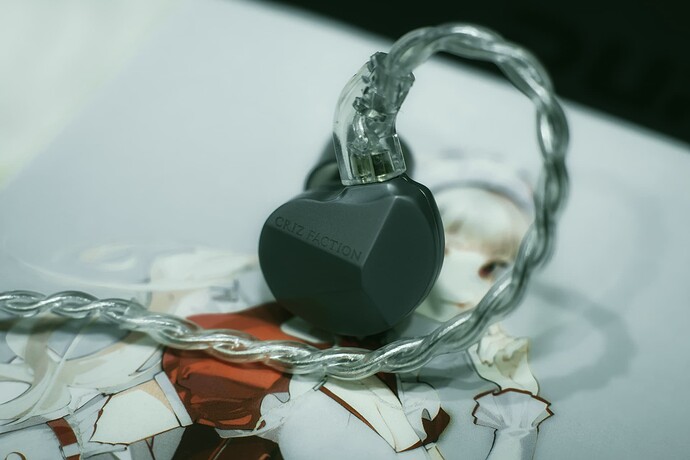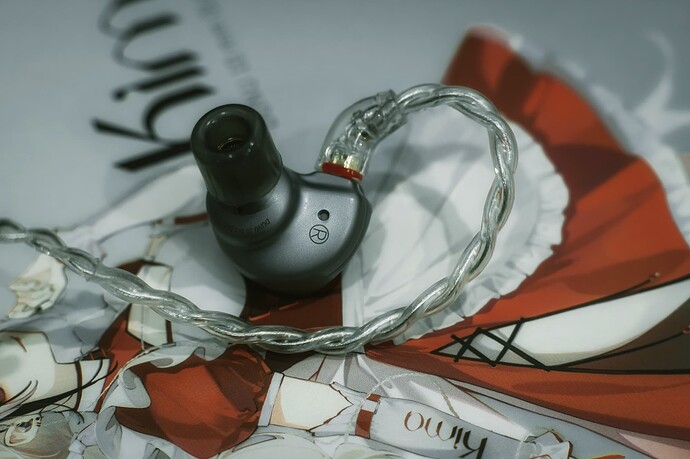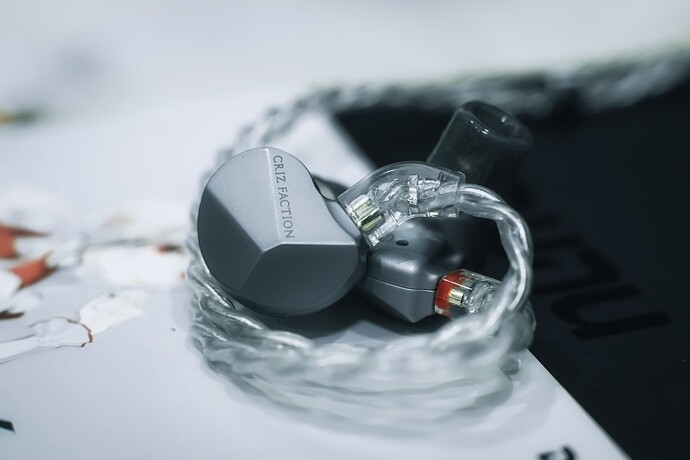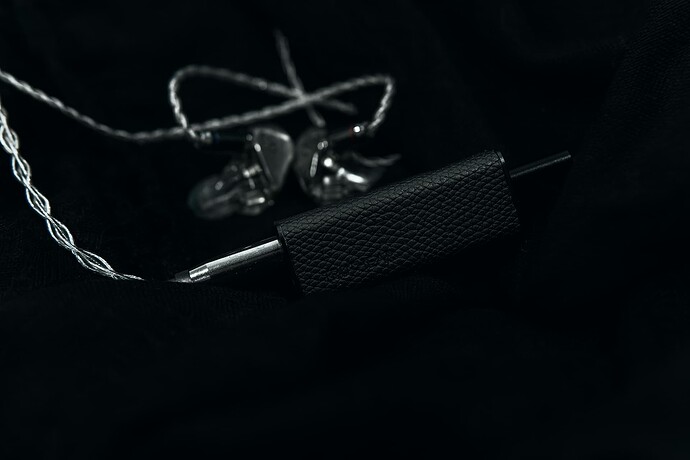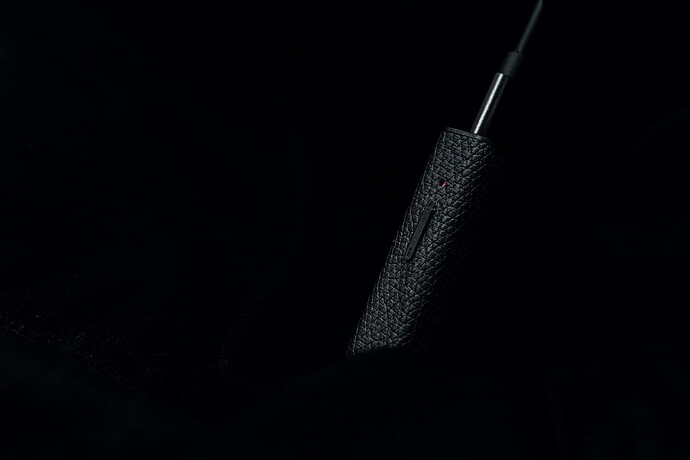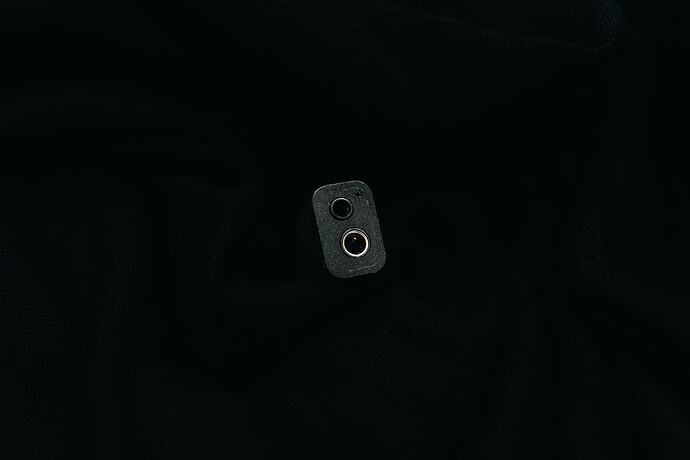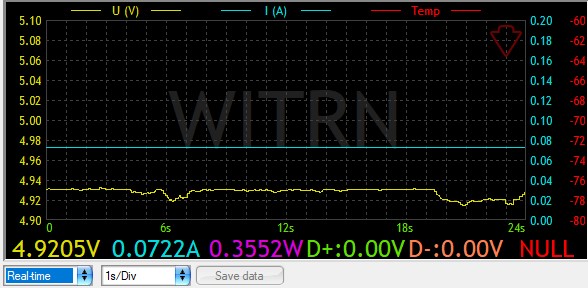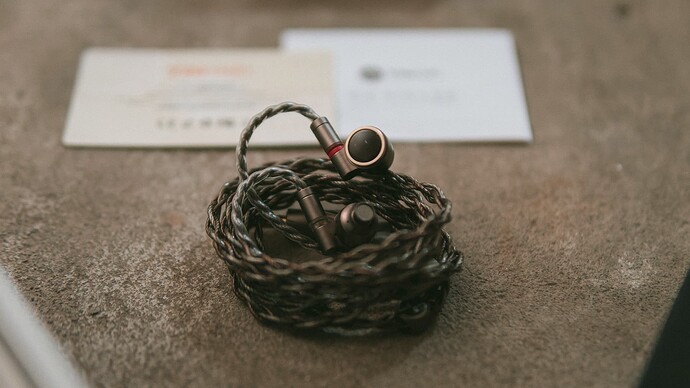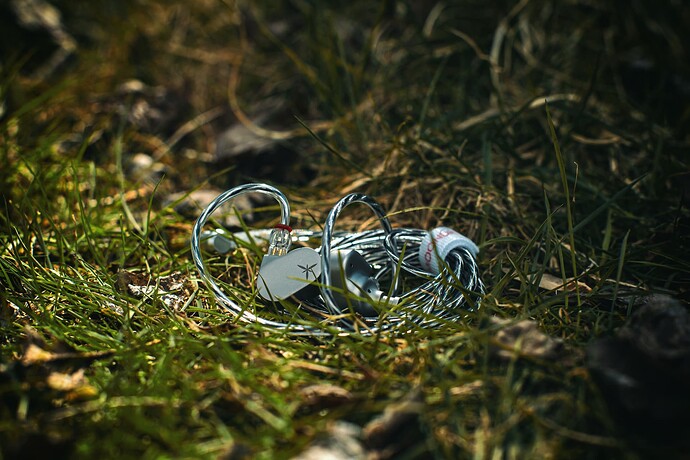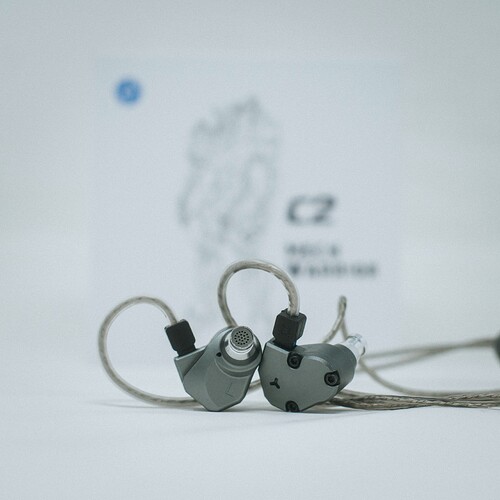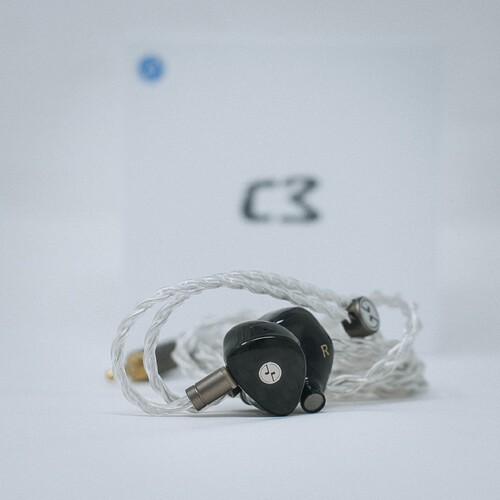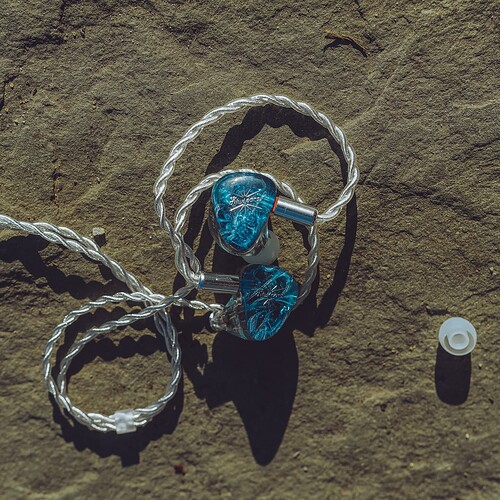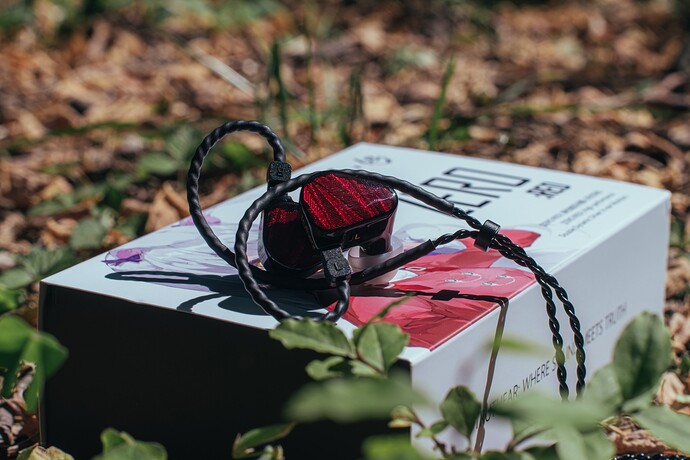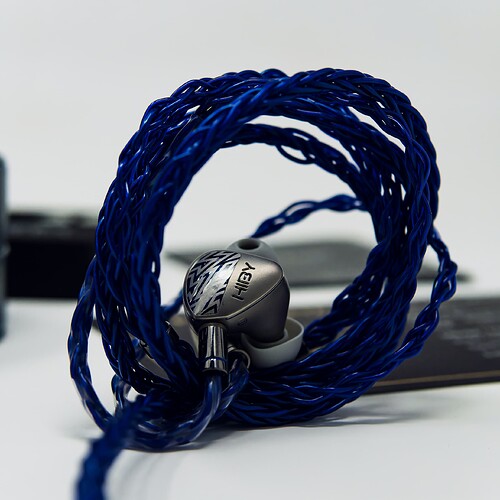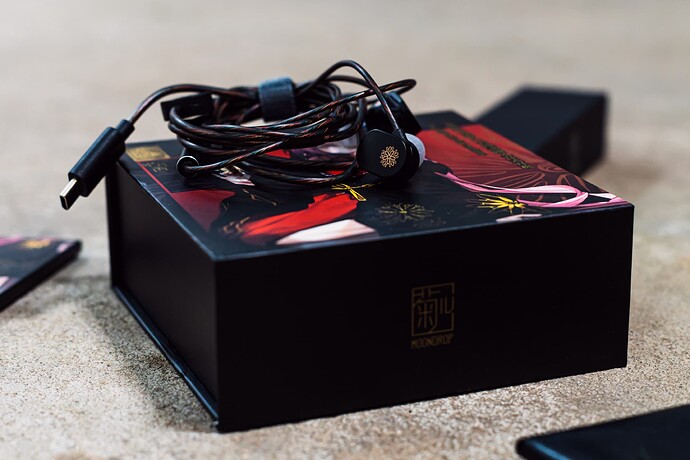7Hz Salnotes Zero Review
INTRODUCTION AND DISCLAIMER:
The 7Hz Salnotes Zero is an in-ear monitor (IEM) which uses a 10mm dynamic driver. The Zero retails for $20 on Linsoul’s Amazon shop. Linsoul sent me a unit in exchange for my impressions.
SOURCES:
I have used the 7Hz Salnotes Zero with the following sources:
Qudelix 5K
Hidizs S9
E1DA 9038D
PACKAGING AND ACCESSORIES:
The 7Hz Salnotes Zero comes in a small white cardboard box. The packaging features pictures of the Zero on the front and back covers.
In addition to the IEMs and detachable 2-pin cable, the Zero includes six pairs of silicone eartips in several varieties. These appear to be the same varieties described in my Dioko review:
The red, blue, and orange pairs are squatter and more conical in shape and feature wider nozzles. The light blue and yellow eartips are more round with narrower nozzles. The pink pair is also round but with wider nozzles than the other round eartips.
The pair of eartips resembling AZLA SednaEarfit Crystal eartips included with the Dioko is not included with the Zero. The Zero includes a product information card and a user manual written in English and Chinese, as well as a small velcro tie. The Zero does not include a carry pouch or case.
BUILD QUALITY AND DESIGN:
The 7Hz Salnotes Zero has a two-part plastic chassis with a stainless steel faceplate. The faceplates have a jagged, angular outline. “SAL♪NOTES ZERO” is laser-etched at the base of each faceplate. There is a small circular rivet at the top of each faceplate. The faceplates have developed minor scratches over the course of my review.
There is a small circular recession on the inside of each chassis with an embossed “L” or “R” indicator. There is also a pinprick vent at the base of the nozzle. The nozzles have the same metal and paper nozzle covers as the Dioko, and have extruded lips to secure eartips.
The 2-pin connectors are very snug and quite difficult to remove. The 2-pin connectors fit flush with the surface of the IEM housing body. Each 2-pin entry site is marked with a small red dot to indicate polarity.
The included 2-pin cable has two strands that are joined in parallel below the Y-split. The cable uses a mix of metal and dark plastic hardware. The cable jack has a straight form factor. “SAL♪NOTES” is printed in white along the length of the jack housing. There is strain relief above the jack housing but none at the Y-split. The cable has pre-formed earguides without memory wire and a rubber chin-adjustment choker. The curved 2-pin housings have faintly raised “L” and “R” markings. The cable is mildly microphonic.
COMFORT, FIT, AND ISOLATION:
The 7Hz Salnotes Zero is intended to be worn cable-up. The earpieces have a shallow insertion depth. I found the Zero to be very comfortable. However, secureness of fit is below average and the housings required occasional readjustment with most eartips I tried the Zero with. Isolation is fairly poor. There is mild driver flex.
MEASUREMENTS:
My measurements of the 7Hz Salnotes Zero can be found on my expanding squig.link database:
7Hz Zero — Squiglink by Bedrock Reviews
SOUND AND COMPARISON TO THE MOONDROP CHU:
The 7Hz Salnotes Zero is tuned very similarly to the Moondrop Chu.
Like the Chu, the Zero has a Harman-ish sound that emphasizes sub-bass over mid-bass, features a robust pinna gain region, and slopes downward from the pinna gain region through the upper treble.
The biggest tonal difference between the Chu and the Zero is that the Zero’s pinna gain region peaks later than the Chu. The Chu’s pinna gain region is centered around 3 kHz, while the Zero’s peaks later at around 3.5 kHz. This is a subtle difference, but depending on your ear physiology, may impact which of the two IEMs vocals sound more natural with. The Zero has a twinge more measured sub-bass than the Chu, although the difference between my samples is so small that this may be a question of unit variation rather than intended tuning. Subjectively, I feel that percussion actually has a greater impact on the Chu than the Zero. The Chu also has a hair more upper treble extension than the Zero.
The Zero’s sub-bass shelf is mild in its amplitude, and sub-bass extension is average. Bass articulation and resolution are both very good. The Zero’s bass is well-textured for the price but is lacking in impact. The result is a clean but underwhelming bass tuning. After hearing the Chu and now the Zero, I have come to believe that if an IEM opts for a pure sub-bass shelf, the amplitude of that shelf needs to be greater than what either of these IEMs displays. The bass does not bleed into the lower mids.
The Zero’s midrange is on the cooler side. Male vocals have grit but are slightly lacking in warmth. The amount of body to male vocals is somewhere in between these two other qualities. Female vocals are slightly more forward than male vocals, though both are very intelligible. Female vocals do sound more natural on the Chu than the Zero. On the Zero, there is a hint of strain and sibilance. On the Chu, female vocals are just slightly more grounded. With that said, the Zero’s midrange clarity is astonishing for an IEM of this price. The level of presence is essentially perfect for heavy rock genres. Timbre is slightly dry but natural sounding overall.
The Zero has slightly less lower treble energy than the Chu, which I prefer. Like the Chu, the Zero has a noticeable drop-off in the mid-treble which deprives cymbal hits of sparkle. While the Chu has better upper treble extension than the Zero, the Zero has slightly crisper treble transient delivery. The Chu has a larger soundstage and slightly better detail retrieval. Imaging between the two is comparable. The Zero has the best instrument separation I have heard on an IEM at this price.
AMPLIFICATION REQUIREMENTS AND SOURCE PAIRING:
The 7Hz Salnotes Zero does not need a powerful source to reach a usable listening volume. I did not notice hiss with any of my devices.
CLOSING WORDS:
Overall, the 7Hz Salnotes Zero and the Moondrop Chu are neck-and-neck in terms of sound quality. They each have certain strengths and weaknesses compared to the other, but both put other options at the price point to shame. The two IEMs also make different trade-offs in terms of build and accessories. With the Zero, you get a detachable cable, whereas, with the Chu, you get Spring tips. While buyers will need to weigh which characteristics they value more in choosing between the two, both are solid buys for $20.
